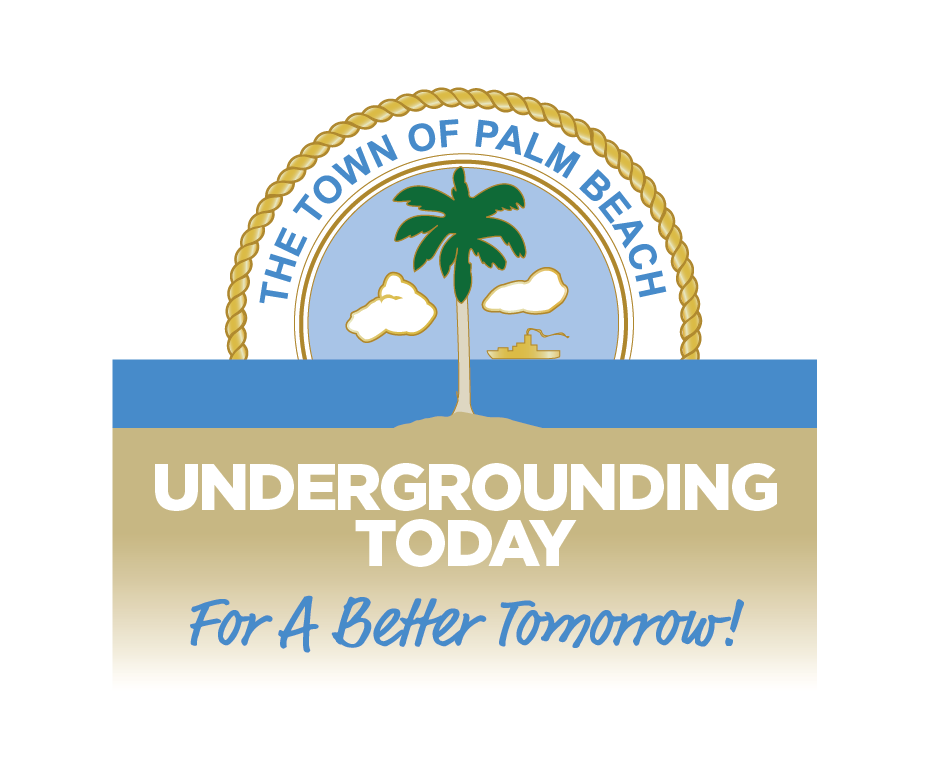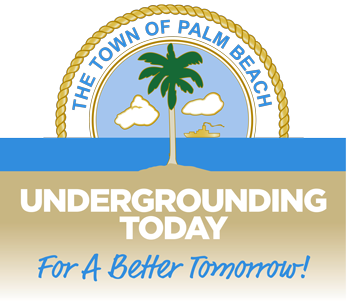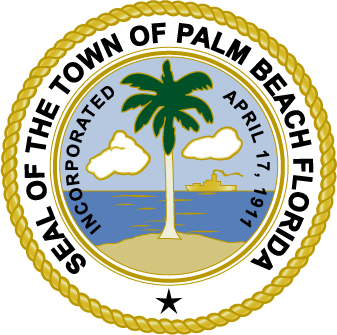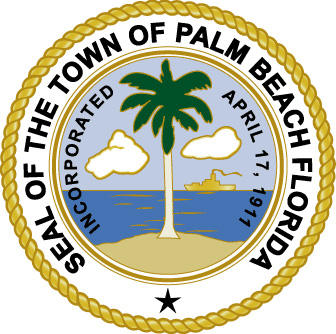Will Palm Beach ‘future proof’ with fiber-optic network?
With the first phase of town-wide utility undergrounding starting this summer, the town soon must decide whether to install extra conduit to hold a future fiber-optic communication network.
Town officials have long said the undergrounding utilities project presents a rare opportunity to lay the groundwork for a town-owned fiber-optic system at the lowest possible cost.
That’s because the extra conduit can be installed along with the overhead power, phone and cable television lines that are already being buried.
The Town Council is expected to decide next month whether to install extra conduit as part of the phase one north and south utility undergrounding project.
The council discussed the issue earlier this month but delayed a decision until contractors could provide the cost of adding the conduit to phase one. Town Manager Tom Bradford said that will be available at the council’s Aug. 9 meeting.
Bradford said the town could use the fiber optic for high-speed communications and infrastructure management on a secure, town-owned network.
Laying the conduit would “future-proof” Palm Beach by enabling it to take advantage of emerging and still-to-come smart technology, he said.
Town Council President Richard Kleid said Tuesday that the conduit and fiber-optic network is not intended to be a money-maker for the town and would be for town government use.
“This is the wave of the future,” Kleid said. Uses could include “the ability to monitor the town’s pump systems from a central location, monitor traffic and control traffic lights, and much more speedy police and fire-rescue communications,” he said.
The fiber-optic system might at some point accommodate driver-less, “connected” cars that will communicate with other vehicles, traffic lights and devices such as weather sensors, Bradford has said.
Questions facing the council in August include whether the new system would be affordable and how to pay for it. Bradford has said, in his estimation, it’s not appropriate to use the special assessments for the utility burial to pay for the extra conduit because it is not really part of that project.
Bradford has outlined several financing options, including drawing on revenue from the countywide one-cent sales surtax. The town’s share is expected to be $5 million over 10 years; the council recently earmarked $2.6 million of that for undergrounding.
One question facing the council is whether to limit the conduit to “backbone” or main transportation arteries or to extend it to the premises of residential and commercial properties throughout town so private property owners could take advantage of the fiber-optic technology.
Estimates
Kimley-Horn and Associates, the town’s engineering consultant, has estimated the cost of extra conduit for phase one at $870,000 for backbone and $1.65 million for total installation. Town-wide, Kimley-Horn put the cost at nearly $3.8 million for backbone and $11.1 million for the total.
Those estimates are only for the conduit. The fiber would be installed in the conduit at some point in the future, Bradford said.
Bradford said those estimates “seem high” but noted they include contingencies of more than 20 percent and 3 percent annual inflation for the nine years of the town-wide undergrounding project.
The estimates also are based on a redundant system – one in which two separate 2-inch conduits are installed so there is a backup in case one of them is cut into or otherwise fails. But the council has the option of cutting the cost by eliminating the redundant line from the design, Bradford said.
“It’s future proofing,” Councilwoman Bobbie Lindsay said. “We are only opening the streets once in a 100 years.”
By William Kelly – Daily News Staff Writer





